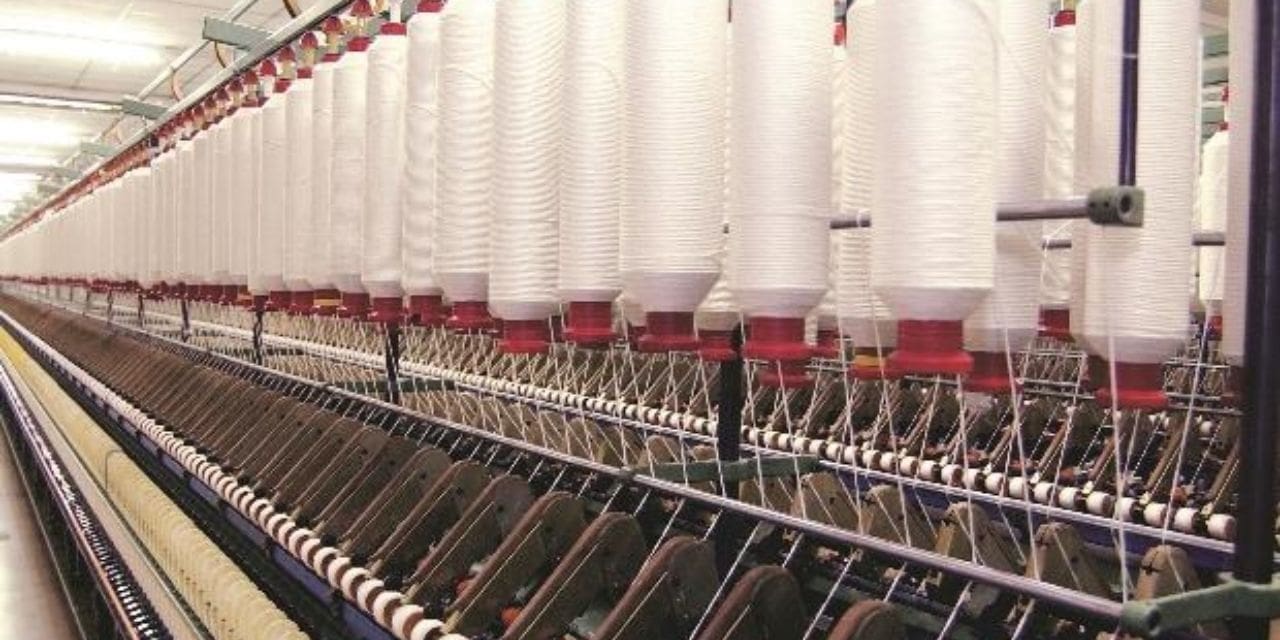The Committee on Labour, Textiles and Skill Development has endorsed the need to rationalise duties on raw material inputs to man-made textiles to correct the inverted duty structure, a year after a similar decision was reversed by the Goods and Services Tax (GST) Council.
In its report on the development of man-made fibre (MMF), the committee noted that the differential GST structure currently in place at various stages of MMF production is hindering the Indian textile and apparel industry.
“The committee is of the firm view that there is a need to rationalise duties on raw material inputs to man-made textiles. Further, since the differential tariff rates and inverted duty structure are hindering the Indian textile and apparel industry to compete with global counterparts, the committee urges the ministry to follow up on the matter at the appropriate fora,” it observed in its report.
At the 45th meeting of the GST Council in September last year, the Council had decided for GST rate changes to rectify the inverted duty structure in the textile sector. Subsequently, the rate for textiles of any value was raised to 12 per cent, effective from January 1 this year. Earlier the GST rate was 5 per cent for sale value up to Rs 1,000 per piece in the case of apparel. However, the decision was deferred by the GST Council at its 46th meeting in December last year as traders and a few states demanded roll-back.
The problem of inverted duty structure arises when the finished product is at a lower tax bracket, compared to raw material input. This usually leads to a rise in the rate of the finished product. There has not been much opposition to the rate hike in footwear, compared to textiles.
Abhishek Jain, partner, indirect tax at KPMG India, said if the raw material rate is brought down to 5 per cent for MMF, from the present-day 12 per cent, it would be welcomed by the textile industry.
“This will give it the necessary leg-up to compete with global counterparts,” he added.

